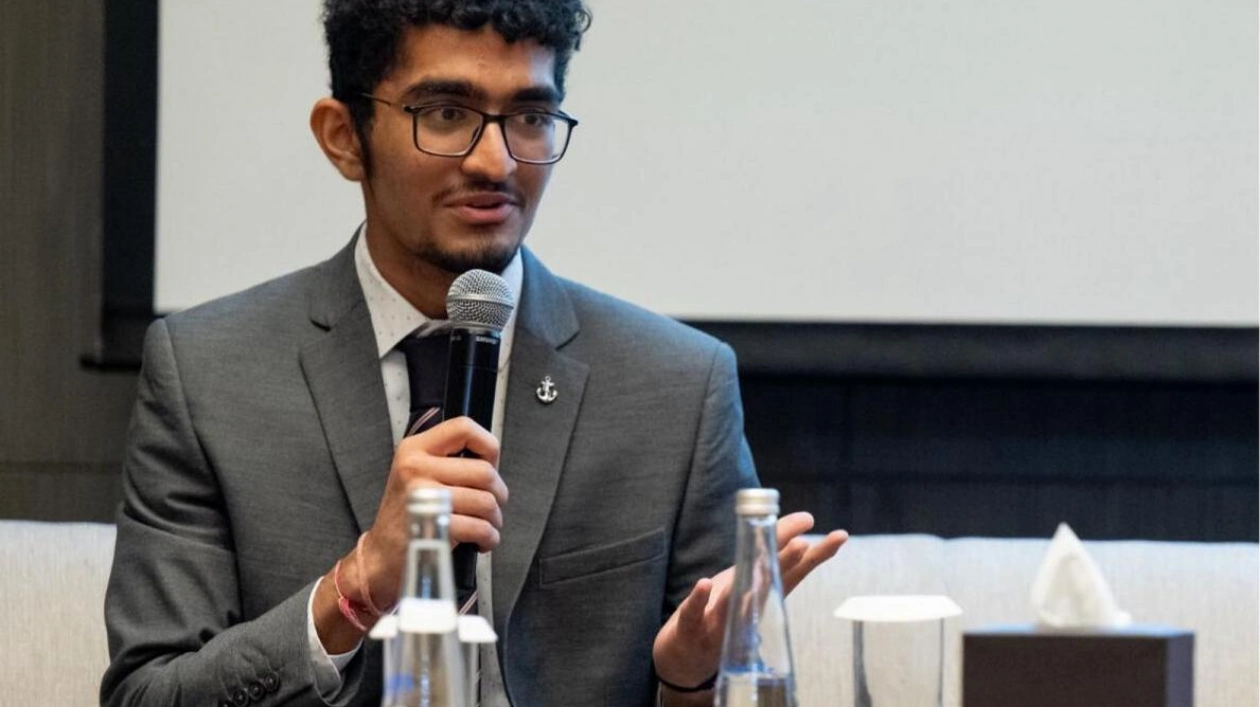Aryan Sawhney, a standout student from this year's cohort at Dubai International Academy, recently faced a daunting choice — Brown or Berkeley. Thrilled by his acceptance into UC Berkeley's Computer Science program, which shares the top spot with MIT, Carnegie Mellon, and Stanford on the US News “Best Computer Science Schools” ranking, Aryan's future appeared set. However, his path took an unexpected turn when he received an acceptance letter from Brown University, an Ivy League institution renowned for its progressive, innovative “open curriculum.” This curriculum grants students maximum control over their studies by eschewing the traditional major-based system in favor of “concentrations” tailored to diverse interests.
On paper, and to those who prioritize hard data, Berkeley seemed the obvious choice, as Brown's computer science program ranked lower on US News, QS World, and other major rankings. Yet, Aryan's “unconventional” decision highlights the limitations of these rankings, which often overshadow the nuanced needs of students in the UAE. After extensive consultations with alumni, professors, current students, and his counselor at Hale Education Group, Aryan opted for Brown, a choice that surprised some in his school and community. His decision, however, embodies one of our core principles: “find your fit.”
Aryan, with his broad interests in AI, philosophy, business, psychology, and education, was keenly aware of the challenges of cross-registering for classes across departments at Berkeley, a university known for its complex bureaucracy. With over 32,831 undergraduate students, Berkeley's size would make Aryan a small fish in a big pond, intensifying competition for research positions and forcing him into large lecture halls. In contrast, Brown's superior student-to-faculty ratio would allow him to work more closely with faculty, ensuring he wouldn't be “just another face in the crowd.” This environment would also support his interdisciplinary interests, providing the well-rounded education he sought.
Lastly, Aryan considered the networking potential of both institutions. While Berkeley, located near Silicon Valley, offered strong tech connections, it was somewhat one-dimensional due to its public university status, heavily favoring Californian students. Brown, on the other hand, attracted a more diverse cohort from across the US and around the world, including a high-profile crowd from elite private schools on the East Coast. Aryan was particularly drawn to Brown's vibrant start-up scene, which offered more opportunities and financial resources with less competition compared to Berkeley.
Ultimately, Aryan's decision to attend Brown in the fall was rooted in a deep understanding of both institutions and his own vision, motivation, and goals for his university education. His case underscores one of the fundamental tenets of Hale Education Group's philosophy — that no metric or ranking should override a qualitative, holistic understanding of “fit.”






